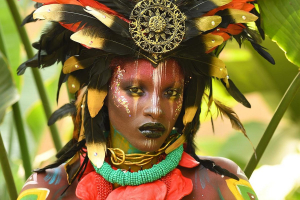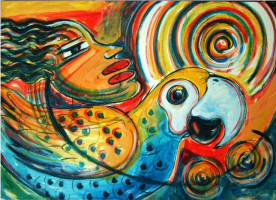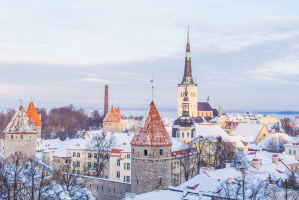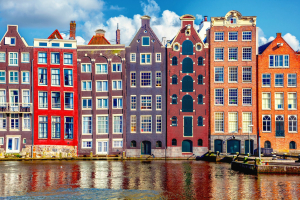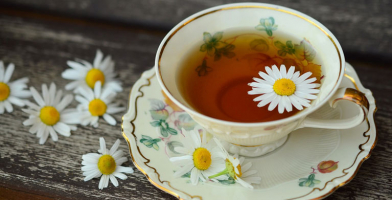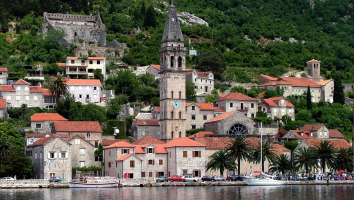Top 9 Czech Culture, Customs and Etiquette
Should you remove your shoes when visiting friends? Should you greet those on elevators with a smile? When thinking about the dos and don'ts in your own ... read more...nation, these questions might not seem like the most obvious ones, but things that you might not even consider at home can have a major impact abroad. Here is a list of the Czech Culture, Customs and Etiquette.
-
In the Czech Republic, one of the first things you'll notice is that people say hello and goodbye to strangers in a variety of contexts. If you're from an English-speaking nation, this may take some getting used to. For instance, you should say Dobr den/Dobr veer (Hello/Good Evening) or Na schledanou (Goodbye) when you enter or leave a store, respectively.
Naturally, you don't need to introduce yourself while entering larger stores like hypermarkets, but you should definitely recognize the person behind the counter. Additionally, it is polite to introduce yourself to those seated at your table if you are dining or drinking somewhere where strangers are present. The same holds true for elevators and train cabins. And on certain regular trains, which don't typically have compartments, you'll see individuals saying farewell to each other if they've interacted in any manner, whether it was a quick chat or assistance with a suitcase, for example.
The concept behind it all is that you've acknowledged someone's presence in a small area, which, when you think about it, is rather courteous. Although it will initially seem unusual, it quickly develops into a reflex, and once you return home, you'll discover that you have to force yourself to stop doing it whenever you enter a store, elevator, etc.When it comes to physical contact, you'll observe that Czechs often shake hands, as opposed to the more touchy-feely style of greeting and meeting that is more typical in Mediterranean nations. Handshakes are a common way to introduce yourself. It's also customary when bidding farewell.
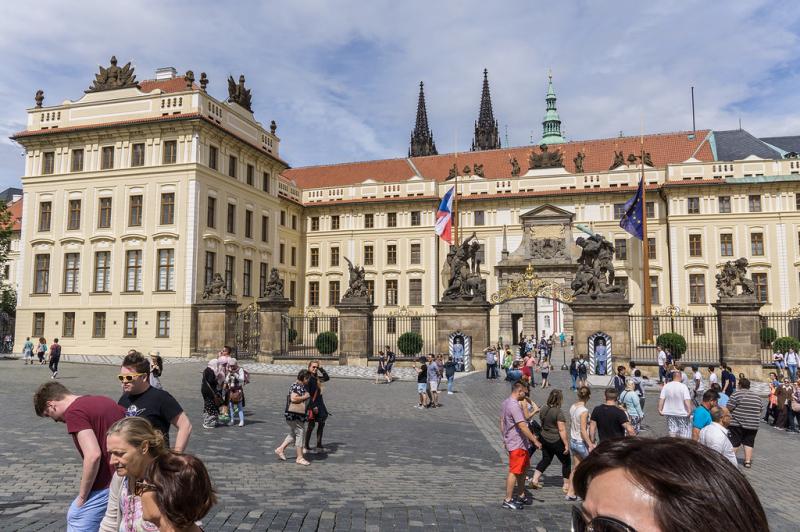
https://autophile.smugmug.com/ 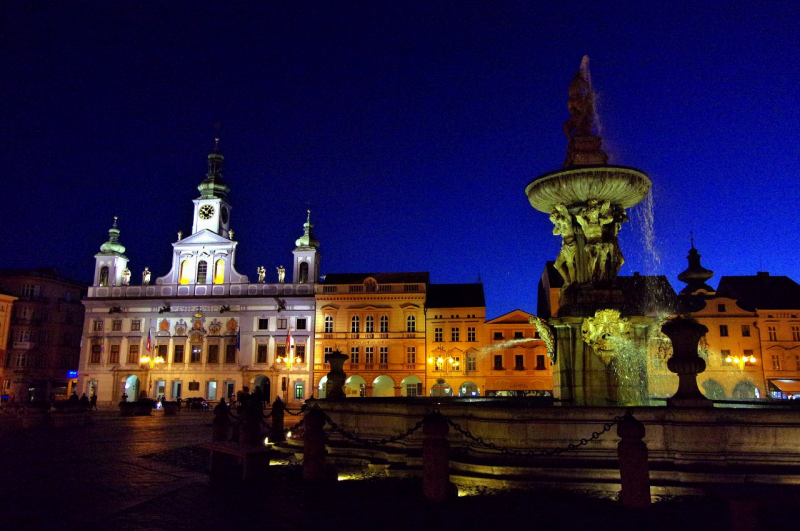
https://govisity.com -
Years of research might be based on the Czech fixation with taking off your shoes indoors and then choosing the proper footwear to wear inside the home. It's critical to be prepared for this trait because you will undoubtedly encounter it. In essence, you must remove your outdoor shoes before entering a Czech apartment or home.
Although your host could reassure you that everything is fine and not to worry, it is customary to switch shoes. Even if you are instructed to keep your shoes on, you should at the very least make the gesture of taking them off since it is polite.
Near the front door or in a shoe box known as a botnk, your Czech hosts will have rows upon rows of indoor footwear nicely arranged. They will provide you inside footwear, frequently sandal-styled shoes. At times, folks will also bring indoor shoes to work.
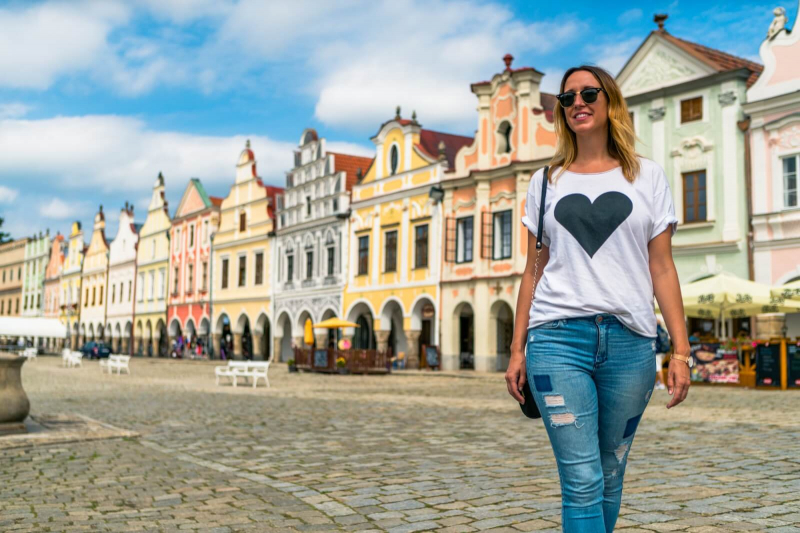
https://www.boboandchichi.com/ 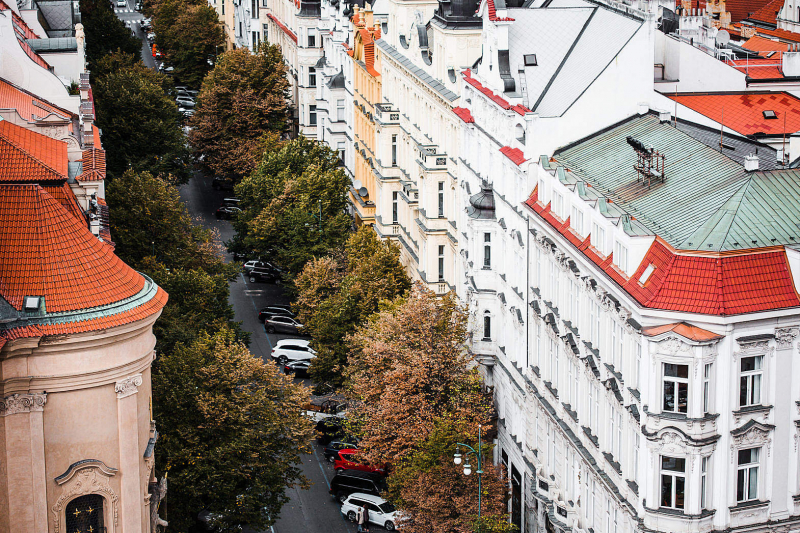
https://picjumbo.com/ -
While there are a few things to keep in mind, the manners when going to a friend's house for dinner or other similar occasions are generally similar to those in other nations. A bottle of wine, some chocolates, or another culinary item might make a suitable gift. In their romantic overtones, flowers, especially roses, it may be a bit less secure of an option. If you do decide to present flowers, don't buy chrysanthemums or an even number of stems because such are typically placed on graves.
If you are hosting guests, it is customary to open their gifts right away. Depending on the circumstances, you should decide when to depart after a visit, but try not to linger too late. It could be best to be cautious around 10 o'clock at night.
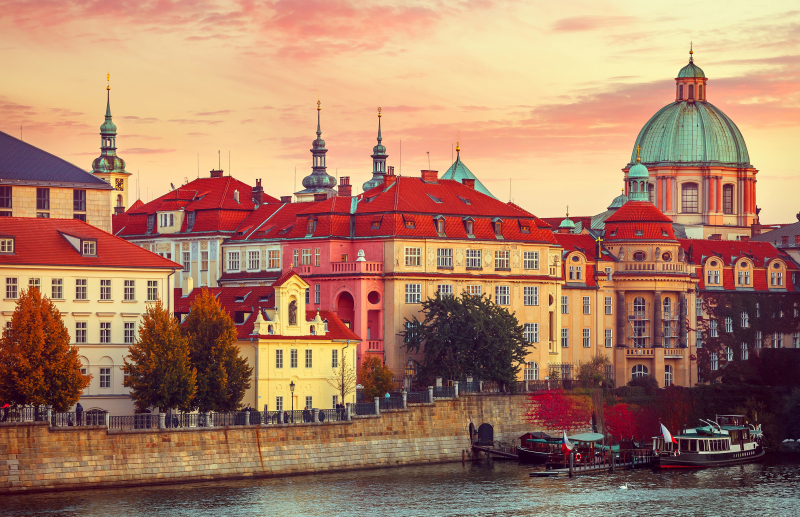
https://wallup.net/ 
https://www.globalization-partners.com -
Similar to visiting the UK, food and drink customs exist there as well. You should always say "dobrou chut" to your dining companions. The closest English term to this is Bon Apetit, although there isn't one. Praise the food and eat a second helping are both wise decisions (even if you feel full).
In less expensive establishments, napkins are usually only shreds of paper. You typically leave them on your plate once the dinner is finished. In more upscale settings, the napkin is heavier (made of cloth) and is typically placed on your lap before being placed on the table at the conclusion of the meal. To your health! Is the traditional toast. The person you are toasting should be the focus of your gaze. If you are entertaining guests, you might refill wine glasses by first asking if the person wants more wine.
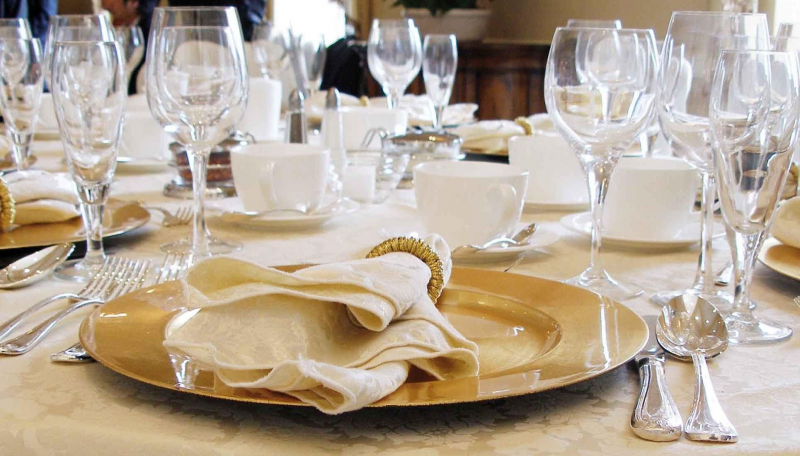
https://pecinsight.blogspot.com/ 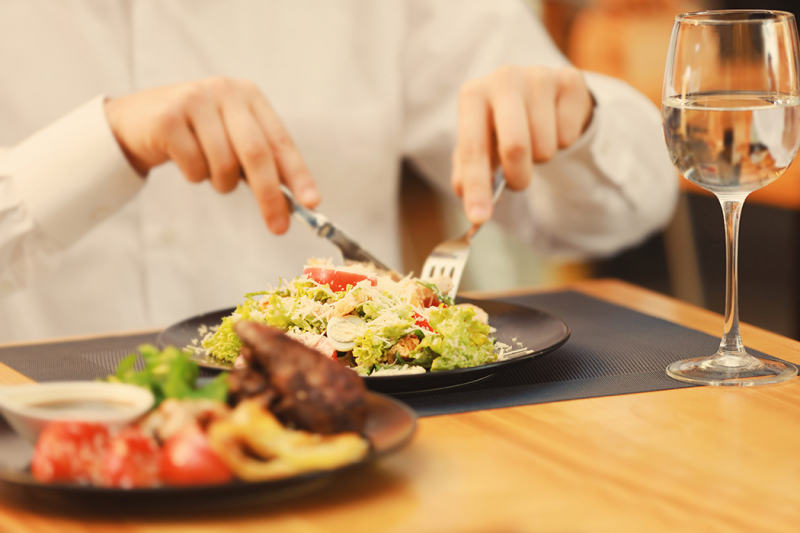
http://www.executiveimpact.in/ -
Czechs, like the rest of former Habsburg Europe, are fanatical about their academic titles and make a point of telling people if they are magistr, inenr, or anything else. It can be rather confusing to know how to utilize the titles, and I still have trouble knowing how to address individuals. The most important thing is to be aware of the Czech preference for academic titles since knowledge is power. If you're unsure, ask a Czech to guide you in selecting the proper form of address.
The difficulty of utilizing formal address is related to this. Czech has a formal and informal form of address, similar to German Du and Sie and French Tu and Vous, as do many other European languages. It can be difficult to actually know when to use ty (you - informal) and vy (you - formal). For example, you might have known someone well for years of work yet still refer to them informally. To be on the safe side, though, always use vy until the other person approves of using the more casual phrase.

https://wallup.net/ 
https://depositphotos.com -
One of the most atheist nations in the world is the Czech Republic. This is accurate, particularly in populous bohemian cities. Never presume that someone you do not know is a Christian or that they have a strong belief in God. If you respect it, others will respect your religion as well.
The majority of Moravians feel themselves to be both Czechs and will not take offense if labeled so. Be aware of the nuances and tiny variances between the terms if you're trying to speak Czech. Bohemians Echy and Esko (Czechia).
Similar to how a Welshman would frown upon his homeland being referred to as England, using the term?
A Moravian could not understand the use of the term "Bohemia" to refer to the entire Czech Republic. Since there are no significant separatist organizations in Moravia and there is unquestionably no ethnic war, it is much more probable that you will receive booze and kisses for even attempting to speak Czech.
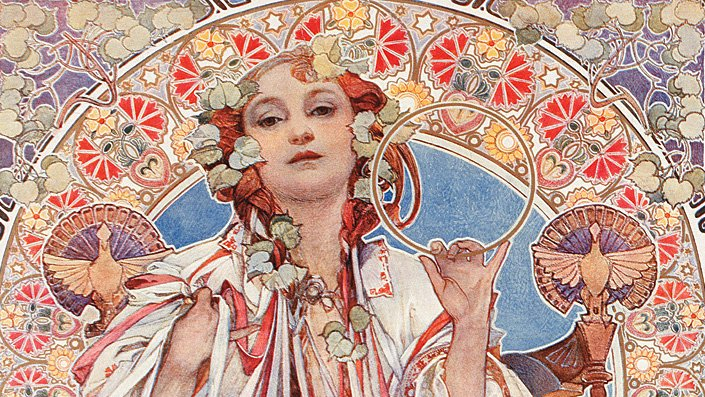
https://www.artweek.com 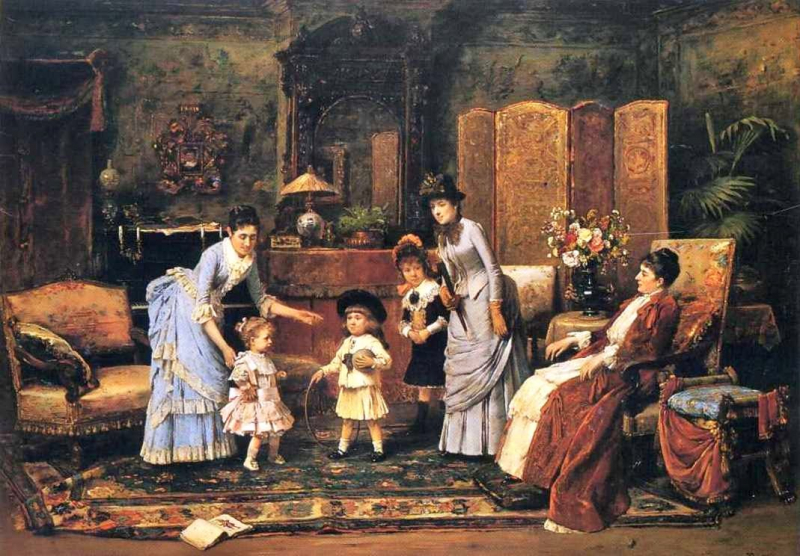
https://bjws.blogspot.com/ -
Czech art refers to the visual and plastic arts produced in the modern Czech Republic and the several states that formerly controlled the Czech territories. Alfons Mucha, widely considered as one of the foremost exponents of the Painting Nouveau style, and Frantiek Kupka, a pioneer of abstract art, are only two examples of Czech artists who have achieved international acclaim.
The region that is now the Czech Republic is home to several significant prehistoric art discoveries, including the Venus of Doln Vstonice, a pottery Venus figurine of a naked female that dates to 29,000–25,000 BC, and a distinctive Celtic art form. Czech art was particularly close to Austrian and German art for the most of the following periods, and it took part in the majority of these. When Prague served as the Holy Roman Empire's capital, it was a major hub for the then-current artistic movement, employing both artists from the Czech Republic and other countries.
This was particularly true of the Northern Mannerism of the late 16th and early 17th centuries and the International Gothic style from the 14th century. Rich remnants of Baroque art and architecture were left behind after the Thirty Years War, when the predominantly non-Catholic Czech lands were returned to Catholic Habsburg power. All the arts were significantly impacted by Czech nationalism beginning in the 19th century.
-
Literature in the Czech language, or Czech literature. Bohemia and Moravia, the Czech-speaking territories that together with a portion of Silesia now make up the Czech Republic, were for a long time provinces of the Habsburg Holy Roman and Austrian empires before 1918. There was also no separate Czechoslovak state at the time. As a result, the development of the literary language of the Czech people was historically connected to their attempts to preserve their ethnic identity.
Old Church Slavonic, which was developed by Saints Cyril and Methodius in the ninth century to fight Frankish (German) influence, is linked to the early roots of Czech literature. However, Latin was made the official liturgical language of the Bohemian realm in 1097, and its writing system was adopted for the language that would become Czech. The earliest texts in the Czech language that have survived, primarily hymns, date to the late 13th century and were produced at the courts of the Pémyslid rulers of Bohemia.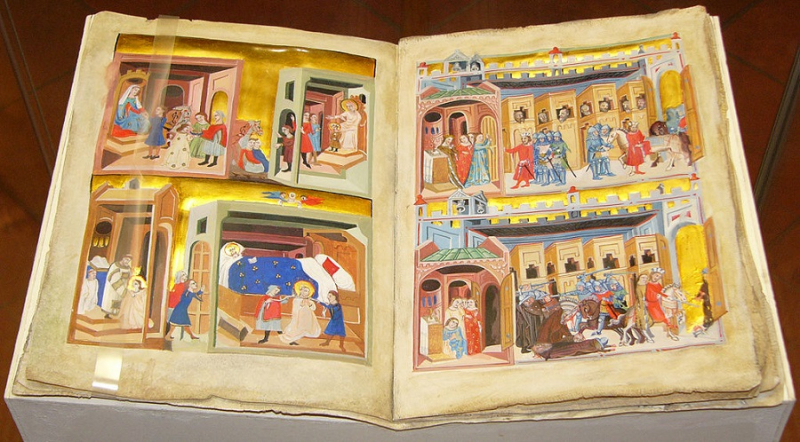
http://www.tresbohemes.com/ 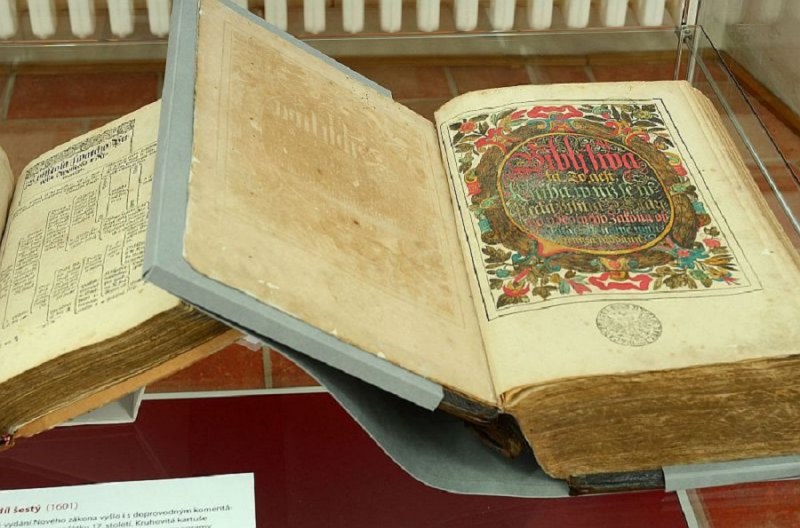
http://www.tresbohemes.com/ -
The cuisines of the surrounding nations and countries have both impacted and been inspired by Czech cuisine. The Czech Republic is where many of the cakes and pastries that are popular in Central Europe originated. The current quantity of farmable meat has enhanced the presence of meat in regional cuisine, which is more meat-based than in earlier eras of Czech cuisine. Meat has historically only been consumed once each week, usually on the weekends.
Czech dinners often have two or more courses, with the first course normally being soup, the second course being the main dish, and the third course perhaps including supplemental dishes like dessert or compote (kompot). Thick soups, a variety of sauces made from stewed or cooked meats and vegetables, frequently with cream, as well as baked meats with natural sauces (gravies), are all common dishes in Czech cuisine. These dishes are typically served with beer, particularly Pilsner, which the Czechs drink the most of anywhere in the world. Another distinctive aspect of European cuisines is the Czech cuisine's significant emphasis on sweet main dishes and desserts.
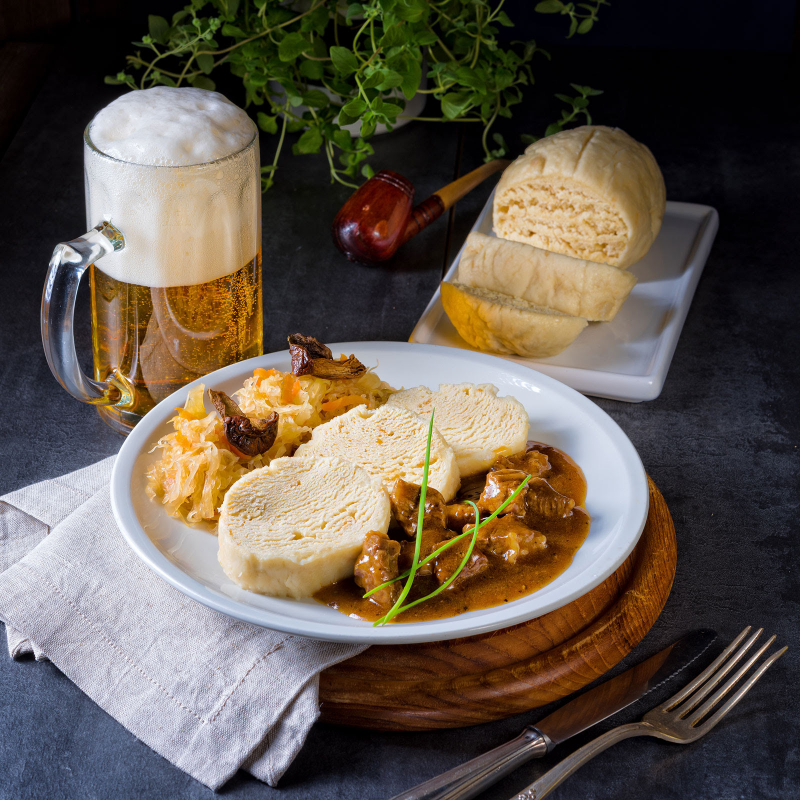
https://arronbowden.blogspot.com/ 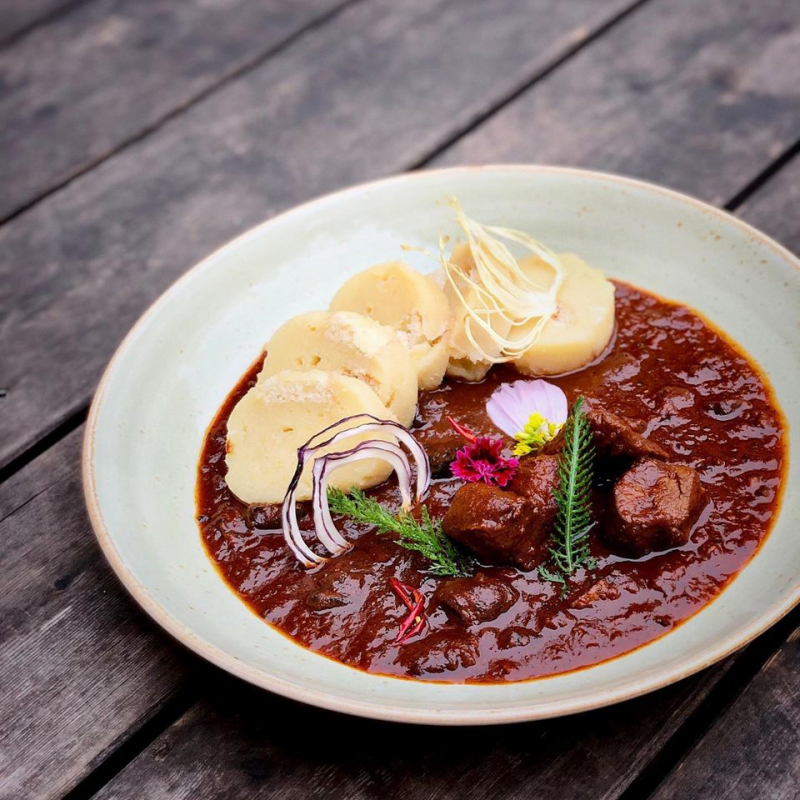
https://www.visitpilsen.eu/











